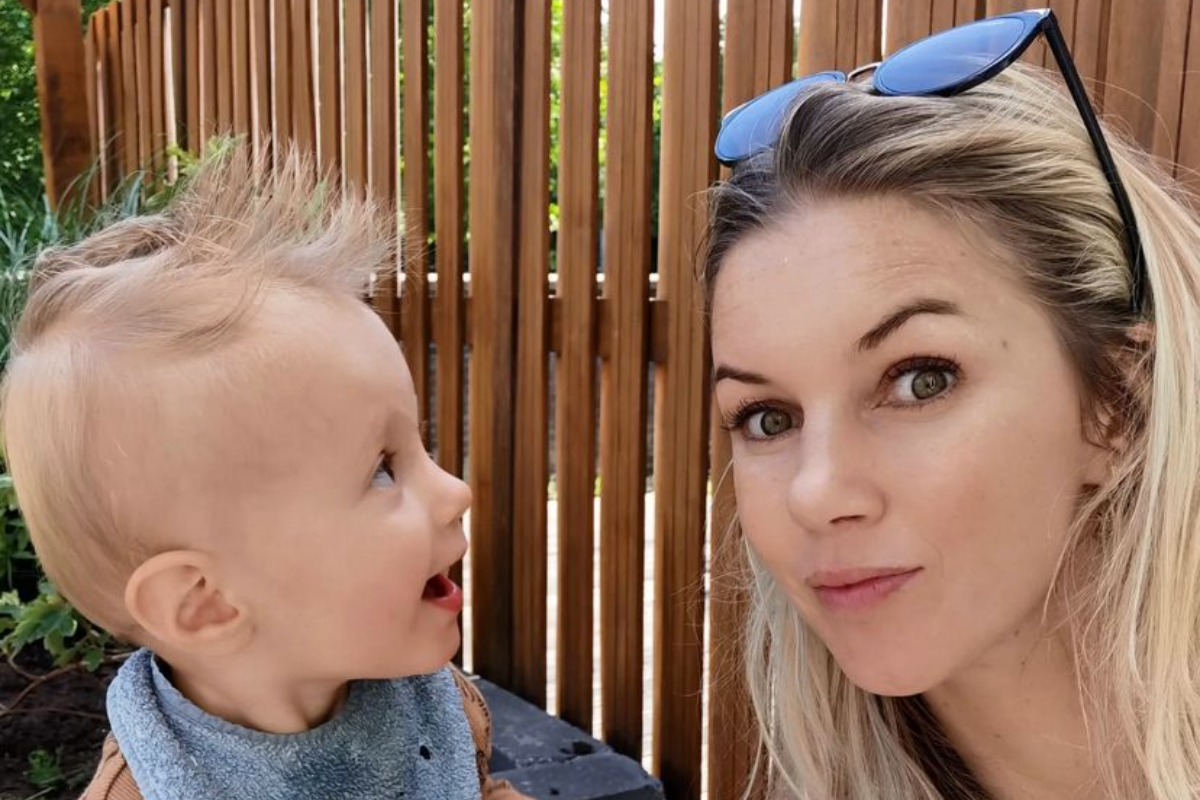An archipelago spot in your baby: what is it and can it harm?
An archipelago spot is the new name for what they used to call a Mongolian spot. They mainly occur in dark-skinned children and children of East Asian origin. You see them more often in boys than in girls.
Article continues after the ad
Exactly how they arise is unclear. It is thought to have to do with the movement of pigment cells when the child is just an embryo.
What does an archipelago spot look like?
You can recognize an archipelago spot by its blue-green or grayish color and the spot on the body: usually on the buttocks, around the tailbone or the back.
Also read:
Red spots in your child: an overview>
The size can be very different. Sometimes it concerns a very small spot, but the stain can also be tens of centimeters. An archipelago spot is always flat, so the skin is not thickened.
What can you do about it?
While it may look annoying or scary to your child, don’t worry. An archipelago spot is benign and does not require treatment.
In the first year of your child’s life, the stain will darken a bit and may enlarge, but it will disappear on its own over the years. This usually happens once your child is a toddler and at the latest at the age of ten.
Source: Kenniscentrum Huidarts.com



